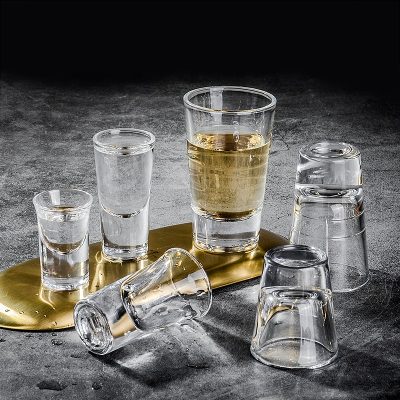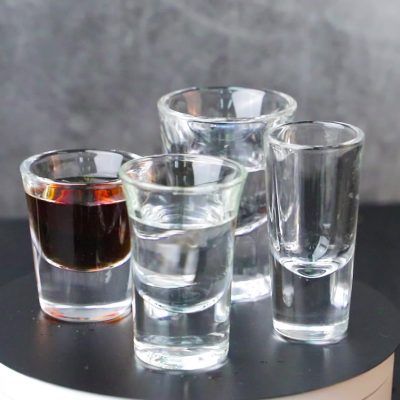If the wine is young and has no precipitation, just pour the wine slowly into a dry, clean and suitable decanter, and let it fully contact with oxygen; if there is precipitation, you can refer to the following decanting steps:
(1) Put the wine upright for about 24 hours or more in advance, so that the wine sediment accumulates on the bottom of the wine bottle.
(2) Open the bottle of wine, and then wipe the neck and mouth of the bottle clean to prevent debris attached to the mouth of the bottle from entering the wine. During this process, be careful not to shake the bottle as much as possible to prevent the sediment from dispersing.
(3) A candle can be lit on the table, or a flashlight can be placed upright. When pouring the wine, place the neck of the wine directly above the candle or torch light source to observe the flow of the sediment in the wine. Using a suitable decanter, pour the wine slowly and steadily, stopping when the sediment is approaching the bottleneck.
Other Tips
(1) Before pouring the wine into the decanter, make sure that the decanter is dry and clean, because the residual moisture in the decanter will dilute the flavor of the wine, and the dust will affect the taste of the wine.
(2) When pouring wine, you must grasp the angle and speed, let the wine slowly flow down the glass wall, and avoid pouring too much bubbles.
(3) When decanting the aged wine, the pouring speed should be slowed down when almost half of the wine is in the bottle, and the entire pouring process is best done at one time to avoid the sediment flowing back and mixing with the wine.
(4) Shake the decanter back and forth to make the wine fully contact with the air, which can speed up the decanting process of the wine.



















